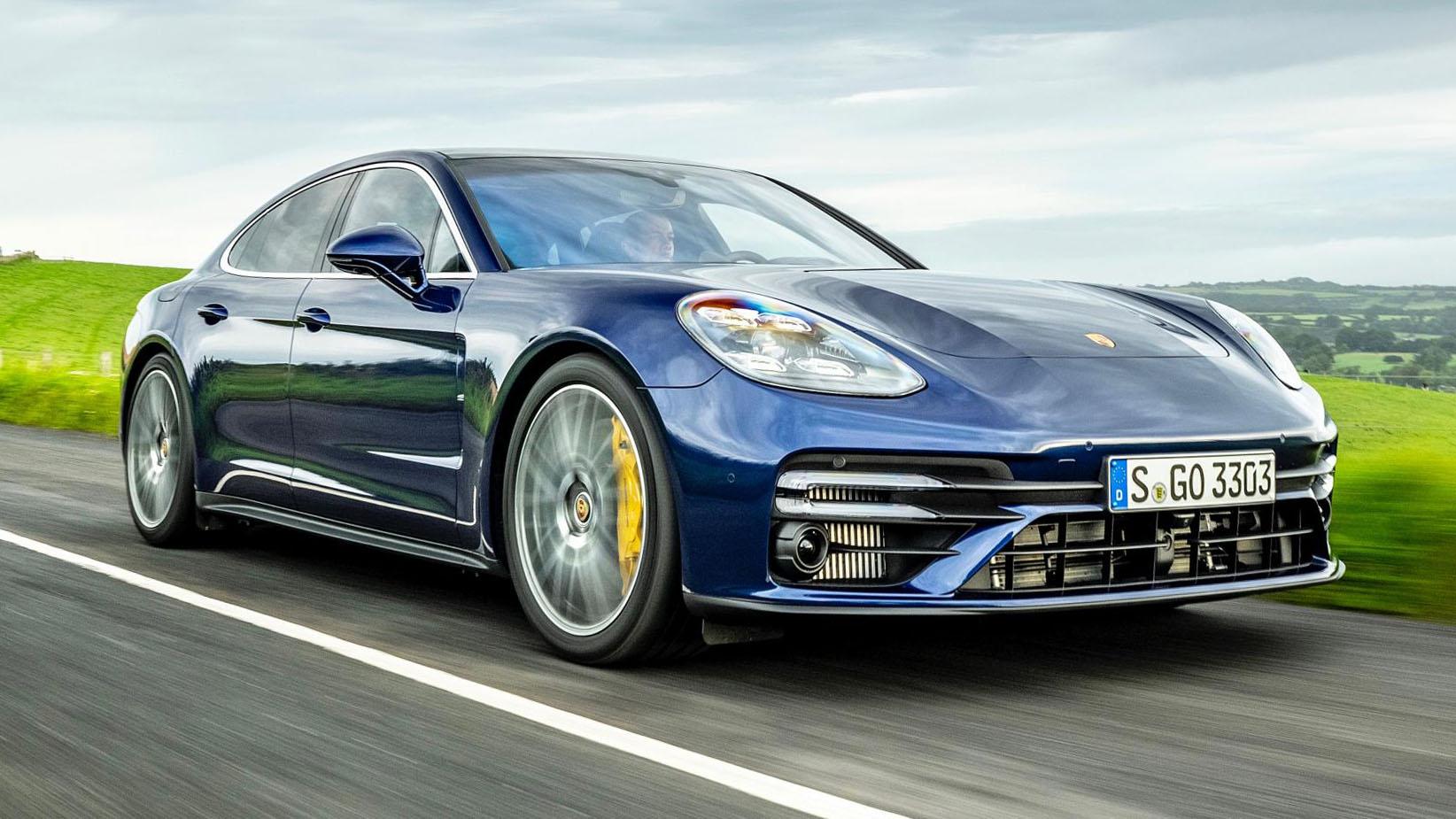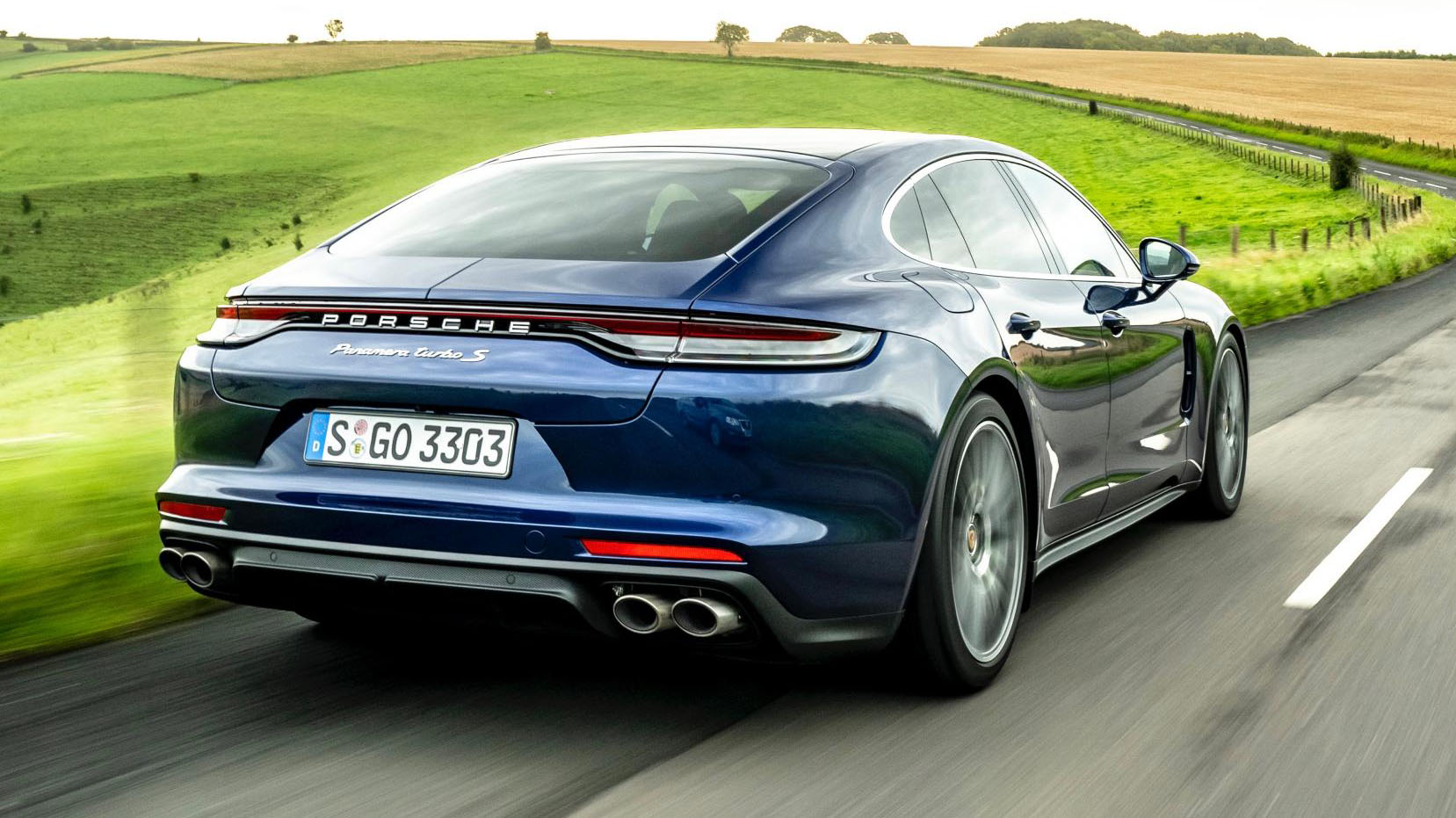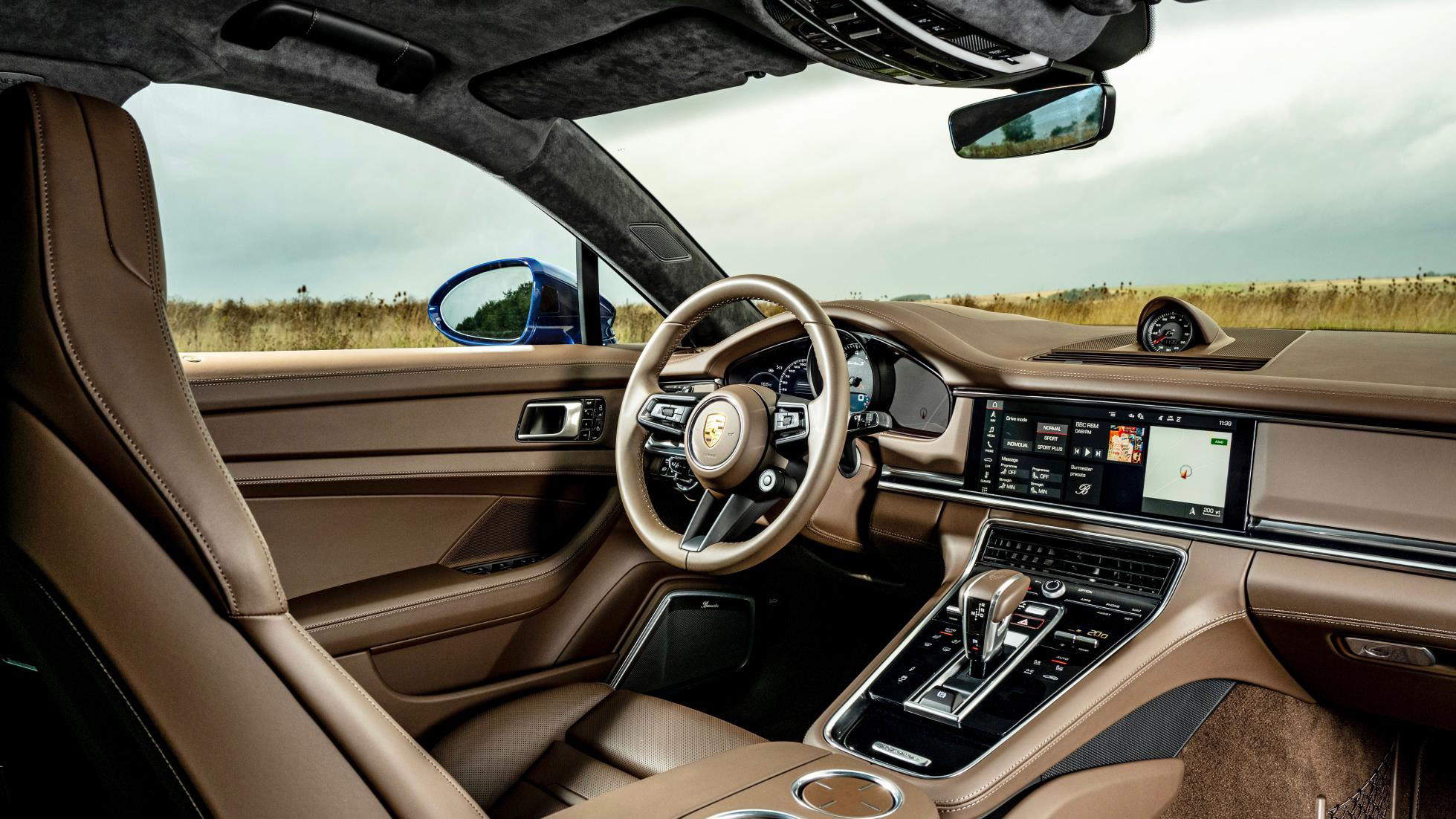
Driving
What is it like to drive?
It’s taken a while, but the Panamera is now the car it should always have been. When it arrived back in 2009, the concept was good, but the drive wasn’t quite there, especially at the rear, which suffered from a lateral shimmy that robbed the car of real composure and comfort. It’s gotten progressively better in the intervening years, but this latest version feels like a real step on.
You get the impression that there are separate engineering teams at Porsche and they’re all proud of their own product. The Taycan came out last year and was very well received, but now the Panamera team is out to prove their car is every bit as complete and accomplished. As we said earlier, the Panamera doesn’t really have direct rivals… unless you look internally.
Anyway, unless you want to descend to the level of discussing engine mounts and axle bearings, there are very few major upheavals to the Panamera’s underpinnings and hardware. The word ‘optimisation’ crops up a lot in the literature: damping, steering electronics. Often you take this with a pinch of salt, but the new Panamera is notably more sophisticated than the car it replaces.
The Turbo, with 621bhp and 604lb ft is, of course, massively fast. Porsche claims 0-62mph in 3.1secs. We timed it at 2.9secs (and to 100mph in 7.1secs), making it every bit as fast as a BMW M5 even though it weighs 2,080kg. It never feels that heavy to drive. Apparently the steering control system is now shared with the 911. Combine that with the upgraded damping and the electronics and you have a car with a notably more precise and progressive front end. It’s easier to place on the road, easier to thread through tight gaps, you have more confidence in it, it’s more responsive and more engaging. Special mention for the steering actually – it’s lovely just off centre.
The front end feels like a proper sports saloon. And it’s now backed up by a far better supported and connected rear axle. It feels so nimble that I thought (incorrectly, it turns out) that four wheel-steering had been fitted. It hasn’t, but the Turbo S at least, the only car we’ve properly driven from the range so far, is dynamically a real advance, because not only is it crisp and accurate, but on its air suspension it rides with real panache.
You can switch up through the modes to firm it up, but even in Sport Plus there’s a level of compliance to the ride that’s not been there before. Good turning circle, too. And with 70mph requiring only 1,400rpm in the twin clutch gearbox’s super-leggy eighth, miles roll past. You’ll need over 2,000rpm on the dial for the Turbo S to really wake up though. There’s some lag low down, but the ramp into ferocious acceleration is very progressive – not a sudden wallop, but a strong, progressive surge. It redlines at 6,800, but you’ll never go there. Just surf the 3,000-5,000 zone – that does everything you’ll ever need.
OK, you want more? Remember the Turbo S posted a ‘Ring lap time of less than 7m 30s, leading Porsche to claim an ‘executive car’ lap record for it. Also, and perhaps more achievable (in fact, I’d urge you to try it out), the launch control is utterly exceptional, one of the smoothest yet most ferocious around.
The flip side of this is the ability to kick back and chill out in a way that only the Audi RS6 (amongst super-execs) comes close to matching. It’s a very sophisticated car, the new Panamera. As sharp and rewarding in some ways as a super-saloon, but able to genuinely ape an S-Class on the autobahn. It’s what Porsche has always claimed for the Panamera, but it’s the first time it’s genuinely rung true.
Life in the e-Hybrid variants is a curious mix of responsibility and dribbling lunacy. Sometimes you detect a hint of wriggle through the wheel as torque is poured forwards to maximise traction. It’s a mildly off-putting reminder of the sheer maths occurring every time you flex your big toe on the throttle pedal.
Oh, and when you really let it fly, the V8 flagship does 16mpg. Whoops. The E-charge mode, which enlists the V8 to pump the battery back up to 80 per cent, is more efficient this time around, but asking a big blown V8 to multitask while hurling a Range Rover’s worth of mass up-hill and down-dale chews through super-unleaded. Still, the tank’s a generous 80 litres. Meanwhile, the battery doesn’t eat into the Panam’s substantial boot. Clever car.
Featured

Trending this week
- Car Review
BMW 1 Series






